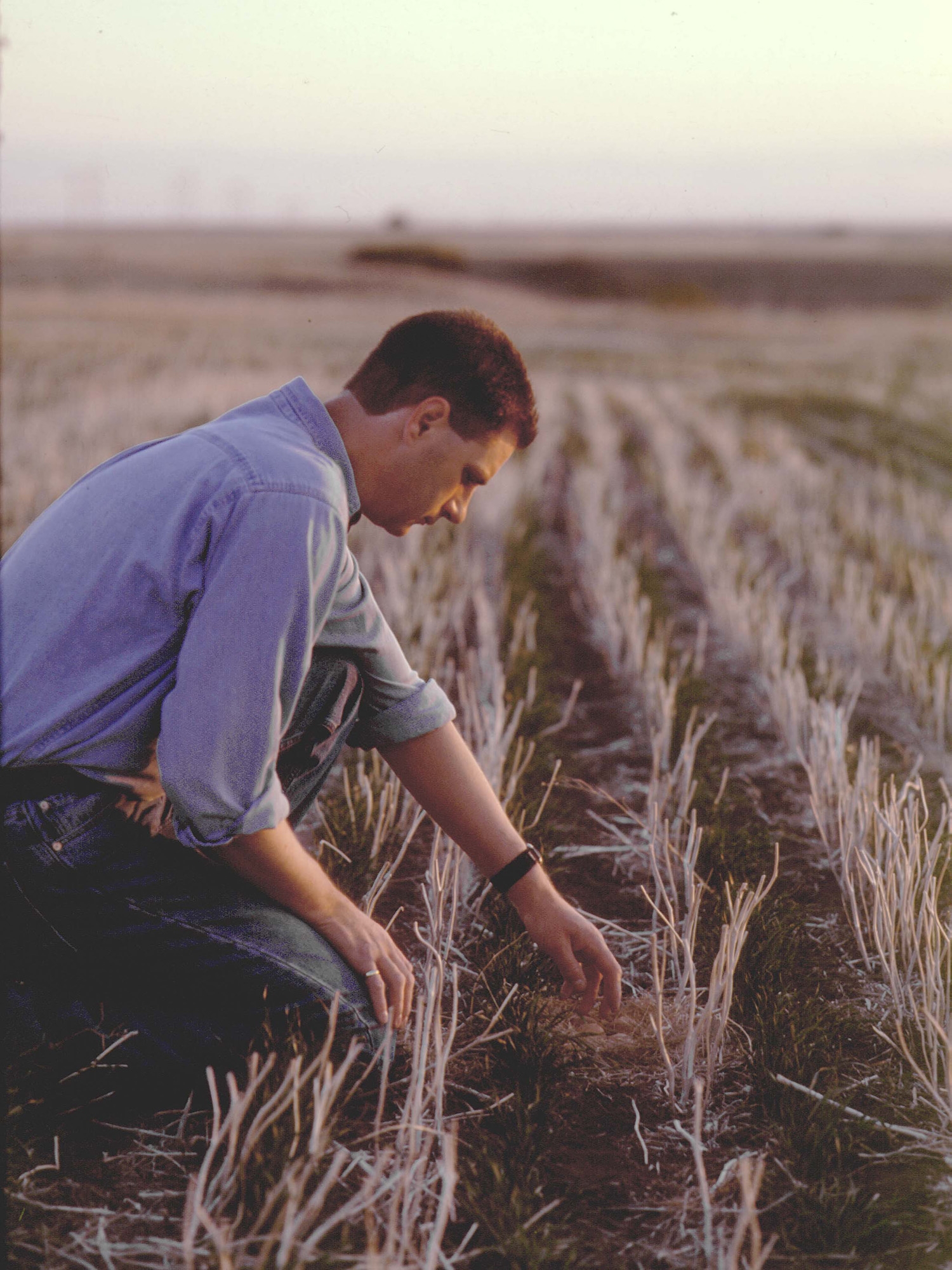
How science protects Canadian wildlife
Pesticides and crop biotechnology — also known as GMOs or genetically modified organisms — are being credited with preserving 35 million acres of Canadian wildlife habitat. These modern agricultural tools, perceived by many to be bad for people and the planet, are helping stave off a Canadian wildlife disaster.
“If we decided to meet world demand for food and fibre from agricultural production by increasing the footprint of agriculture, the potential impact on habitat could be catastrophic,” explains Paul Thoroughgood, regional agrologist at Ducks Unlimited.
For example, wetlands in the landscape sequester greenhouse gases, are hotspots for biodiversity, help mitigate flooding and serve as a line of defense against unintended runoff from farms.
“We can really think of wetlands as the kidneys for the water that we drink,” says Thoroughgood.
Feeding a growing world population that is estimated to reach 9.8 billion by 2050 while preserving valuable wetlands and habitat is a challenge, but the alternative is destroying habitat to produce the same amount of food.
According to Thoroughgood, that's where pesticides and biotechnology offer farmers tools to increase production on existing cultivated land, so there is no need to bring other land into food production.
“Bringing 35 million acres into production that now serves as habitat would render that land to have very low habitat value. On most farms, the most important land from an ecological perspective is the land that's not involved in crop production.”













